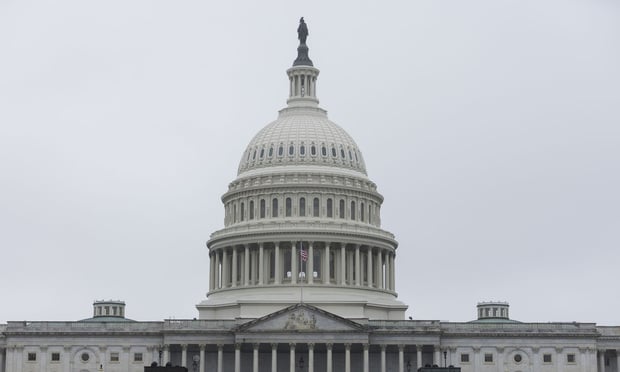Most people know they can save for their children's college educations through a 529 plan, but what isn't so widely known is that 529s can be used to pay for adults to go back to school as well.
A 529 plan is an investment account that allows people to set aside money, pre-tax, for college expenses. Individuals can sign up for their own state's 529 plan or shop around to other states. Many companies give their employees the opportunity to deposit money from their paychecks into a 529 plan.
“There's in excess of $160 billion invested in 529 accounts,” says John Heywood, principal and head of the Vanguard Education Savings Group. Between 25 percent and 50 percent of all dollars people save toward their kids' or grandkids' college funds is saved in a 529 plan, he says. “The penetration of this product as a tool for savings has been substantial, starting from virtually zero in 2001.”
So why should you invest in a 529 plan? The obvious answer is the attractive tax structure, both at the federal and state level. All 50 states offer a 529 plan, but every state treats their plan a bit differently. Some offer tax credits. Others offer deductions.
All 529s allow you to put money in tax free, and income earned on those funds is tax deferred. If those funds are used to pay for educational expenses, those funds are tax exempt.
Money in a 529 plan can only be spent on post-secondary education. The money can be used to buy books and even pay room and board at school.
Money saved in a Coverdell Education Savings Account can be used to pay for all types of educational expenses—including grade school, secondary school and college—but the money has to be spent by the time the recipient turns 30 years old. The money in a 529 plan has no age restrictions. If your child decides not to go to school immediately, they can use the funds whenever they want. Those funds also can be transferred into the name of another child, grandchild or other relative with no fuss.
One big advantage to saving in a Coverdell account is that a person can choose their own investments. The downside is that a parent can only deposit $2,000 a year into the account, which would make it hard to save the $25,000-plus a year needed to pay for a college education, Heywood says
Drawbacks
Some opponents of 529 plans point out they charge higher fees than mutual funds.
“Most states put those out to bid and those prices go down,” he says. “They are just a hair more expensive.”
Another negative of a 529 plan is that they can't be used as trading accounts. They must have a specific list of investments people can choose from, and they can only switch those investments around once in a calendar year, he says.
“There are very limited investment options. You can't just invest like you would in a Scottrade account or the fund family you like. You are given some limited options on the investment side,” says Mark VandeVelde, CFP, wealth partner at Hefty Wealth Partners in Auburn, Ind. “They also tend to have higher expenses than the average mutual fund so their investment choices may not be as strong.”
Employers can offer 529 plans at no cost to themselves, but even when they do offer it to employees the adoption rate is “not massive,” Heywood says. “From an employee standpoint, there are no compelling reasons to buy a 529 through their employer rather than set it up to run through their own bank account.”
If, for some reason, the money saved in a 529 plan does not get used, the owner of the account can withdraw the money, paying taxes on the growth only and a 10 percent penalty, VandeVelde says.
Many customers ask what they should do with their child's 529 plan if they receive a full scholarship. In that case, the student is allowed to withdraw the same amount of money from their 529 plan as they are receiving from their scholarship every year. There is no penalty and they can use the money as they wish.
The rules
Parents are allowed to invest in 529 plans in any state that offers them, but typically you need to reside in the same state as your 529 plan to receive any tax benefits on your state tax return, VandeVelde says.
“You have to be a resident of Indiana to get its tax credit,” he says. “Ninety percent of the time people will invest in their own state's plan. There are some states [that don't offer] additional benefits. Those are the ones doing the shopping, looking into different options for the best plan.”
But just because you have a 529 plan for your child doesn't mean you shouldn't explore the other educational savings options, Heywood says. He is a big proponent of pairing the 529 with a Uniform Gift to Minors Account.
“UGMA accounts are viewed as irrevocable gifts to the child, so they are in the child's assets. When they reach the age of majority, either 18 or 21, they have the legal right to assume those assets,” Heywood says.
That means your child could use that money to pay for school, go on a trip or buy a car. The money is exempt from taxes, up to a specified value, so it is a worthwhile way to save money for your dependents.
The big advantage of the 529 is that it stays under the control of the person who opened it up and it must be used for educational purposes, he says.
© 2025 ALM Global, LLC, All Rights Reserved. Request academic re-use from www.copyright.com. All other uses, submit a request to asset-and-logo-licensing@alm.com. For more information visit Asset & Logo Licensing.







